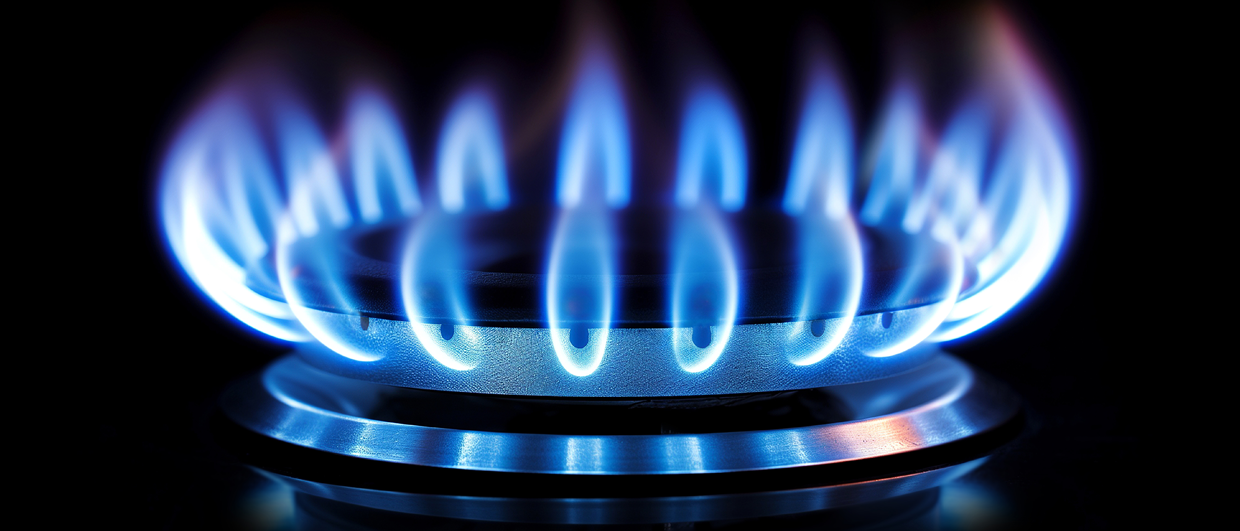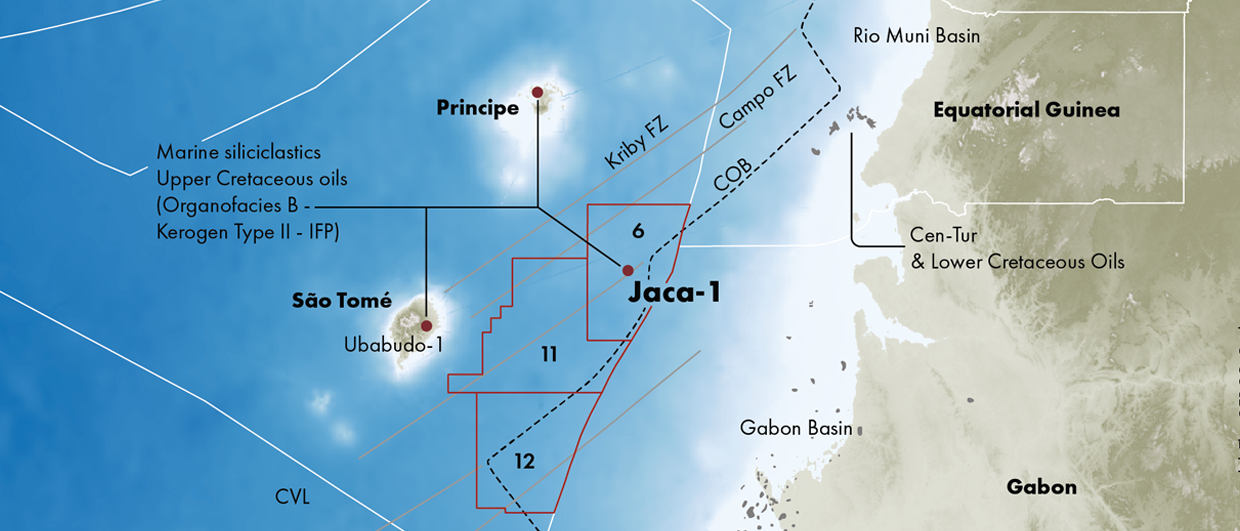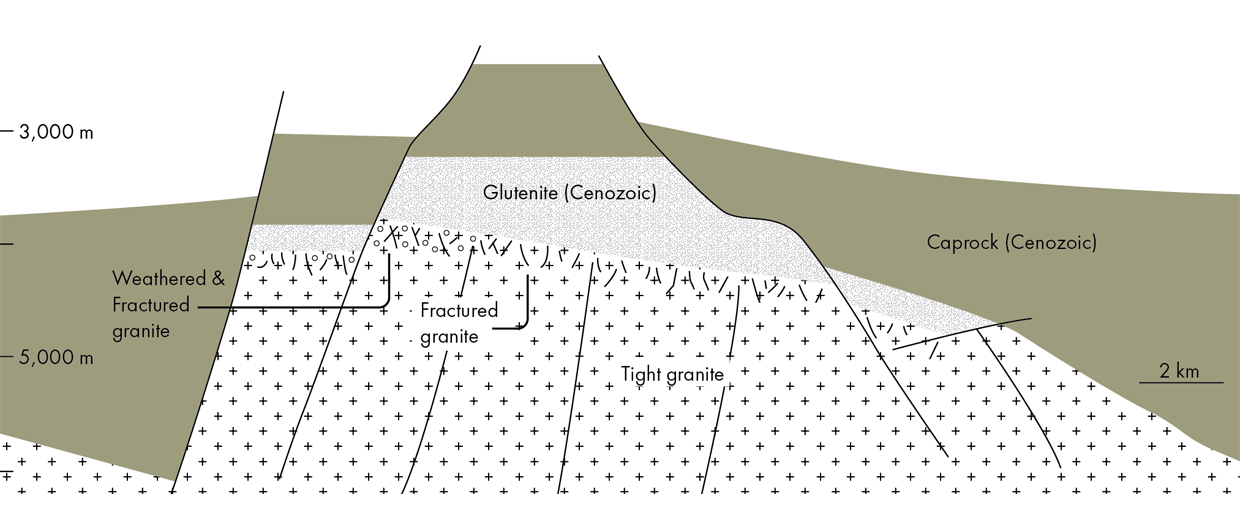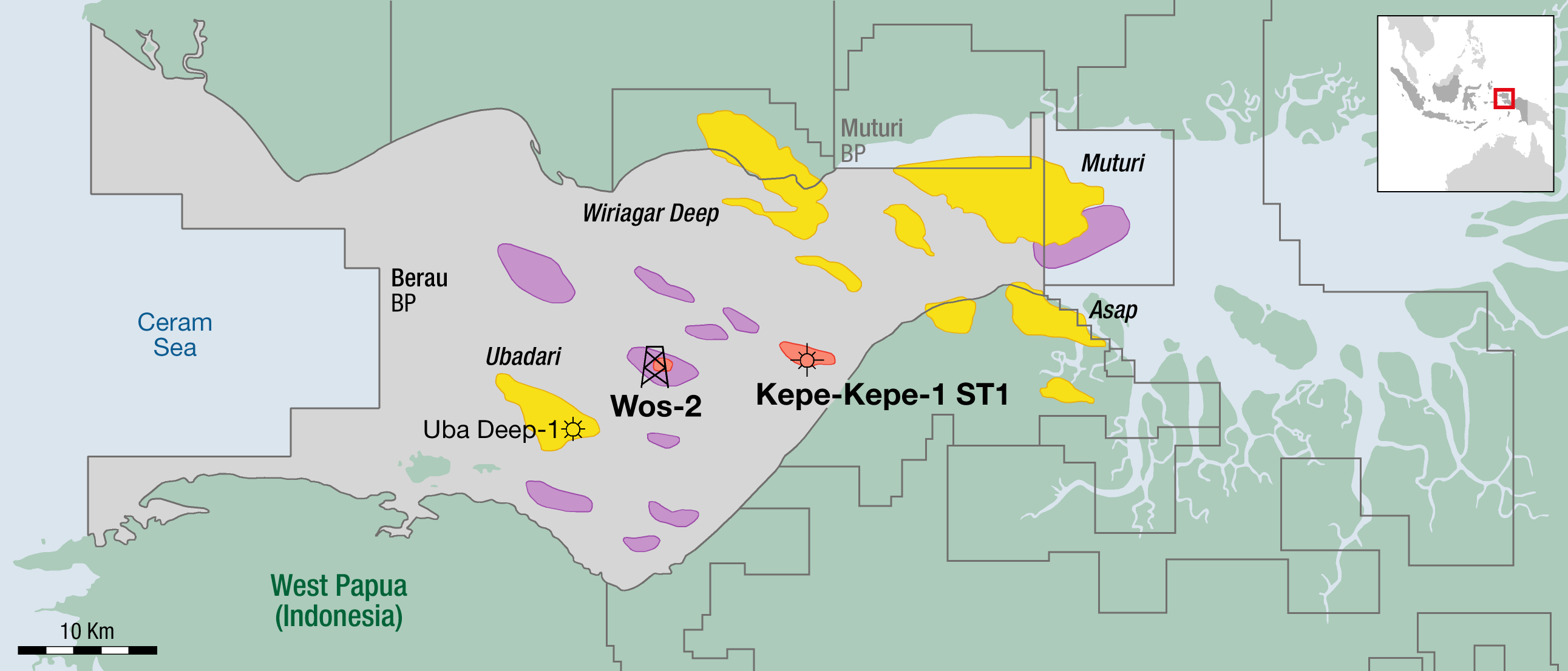The Horn of Africa, comprising Eritrea, Djibouti, Ethiopia and Somalia holds many ancient geological trends including the failed Karoo and Jurassic and Cretaceous rifts that record the fragmentation of Gondwana super-continent with numerous reported oil seeps. Despite that, and the efforts of a wide range of companies working from pre-seismic 1940s to the present day, there is no oil or gas production. As we shall see, explorers ranging from NOCs and major IOCs through to ambitious juniors have come close.
In Eritrea’s offshore salt basin in the northwest of the region, exploration in the 1950s led to numerous oil discoveries. Recent drilling took place in 2005 when Perenco drilled the Chita-1 well in the Defnin Block, situated in the Red Sea Basin. The Ministry of Energy and Mines continues to offer through direct negotiations all available open acreage in the Red Sea and Mekele Basins for licensing.
In recent years there has been a lot of discussion on the development of the reported ~4 TCF Hilala and Calub gas fields in Ethiopia’s Somali (formerly Ogaden) region. These two fields were discovered by Tenneco in the early 1970s. However, Tenneco was expelled by the former socialist government of Ethiopia in 1977, together with many other western companies. A former USSR company, Soviet Petroleum Exploration Expedition (SPEE) took over operatorship of the two fields, but a lack of progress since has led the authorities to cancel the POLY-GCL contracts in 2022.
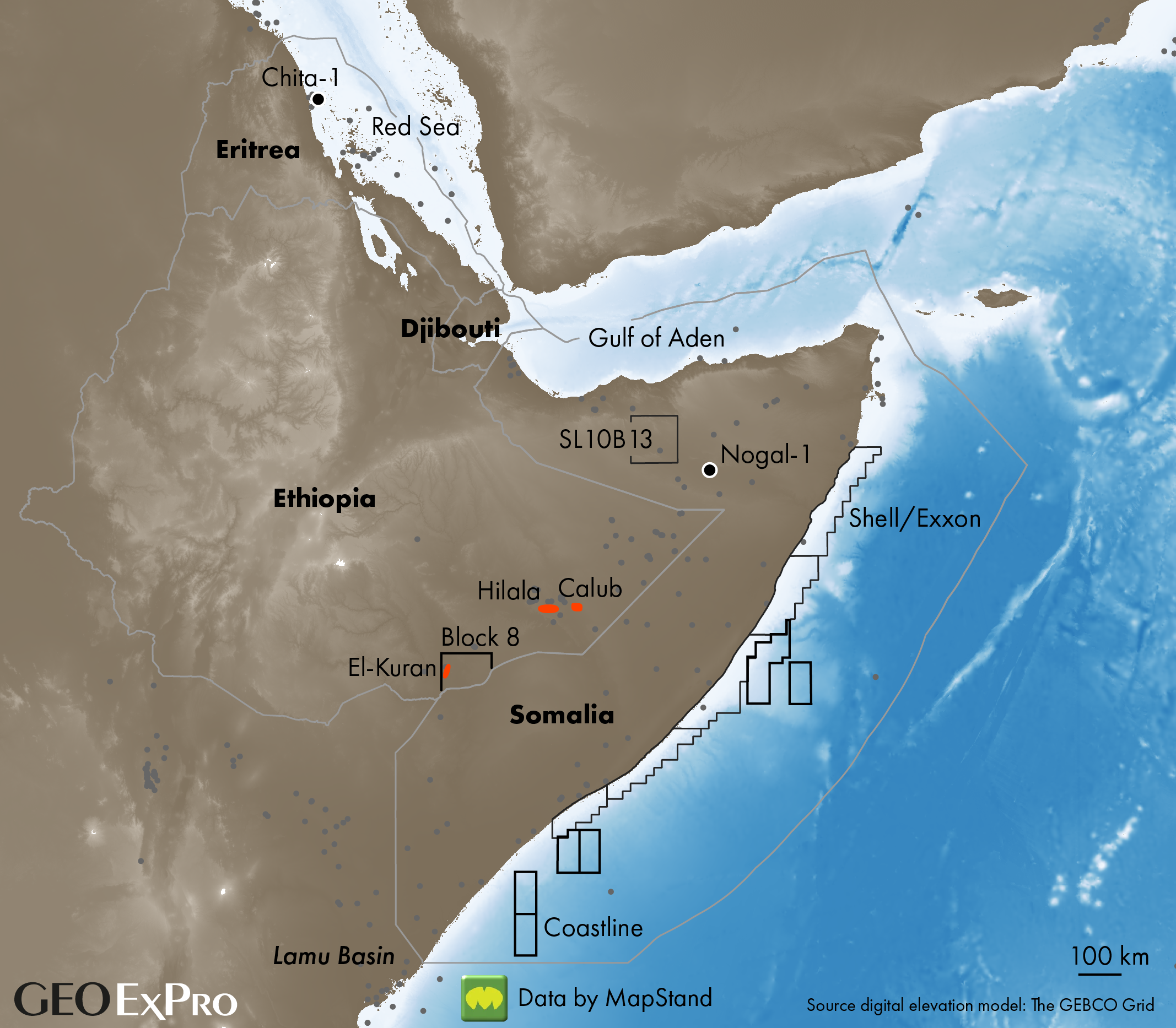
The nearby El-Kuran gas field, which is reported to host 1.6 TCF, could tie in with the Hilala and Calun fields and create a material gas project in the region. New Age Limited is currently in the process of surrendering Block 8 as they were most likely awaiting the development of the neighbouring Hilala and Calub fields before committing to appraisal drilling.
Djibouti has seen very little exploration activity and has designated blocks covering the Guban and Red Sea Basins. In 2011, Oyster Oil and Gas was awarded four blocks in the country but it is thought these have been relinquished at the end of the first exploration phase.
Over the last 30 years or so, exploration activity in Somalia has been limited. Peace returned to Somalia in 2009 and the stable government has encouraged two 2D offshore seismic campaigns in 2014 and 2015. These lie in the southern part of Somalia’s Indian Ocean margin and include the extension of Kenya’s Lamu Basin, with reported multi-billion-barrel prospectivity.
Somalia’s passive margin contains classic clastic plays and large carbonate build-ups and is often referred to in industry publications as “the most exciting unexplored margin in the world.” Shell and partner ExxonMobil are the current holders of five blocks and, as a result of the 2020 1st Somalian Licensing Round, Coastline Exploration was awarded seven additional offshore blocks. Coastline is planning to acquire a new 3D seismic in the frontier province in 2023-2024 (see page 38-40).
Conoco’s Nogal-1 proved a petroleum system in Puntland in 1990. In Somaliland, Genel Energy and RAK Gas currently hold licences. Genel is planning the Toosan-1 wildcat in the SL10B13 block in mid-2024.
In summary, the Horn of Africa has been the site of numerous hydrocarbon exploration attempts in the past, and near misses abound. Tackling these now proven hydrocarbon systems with modern seismic imaging technology is the key to bringing commercial success.


